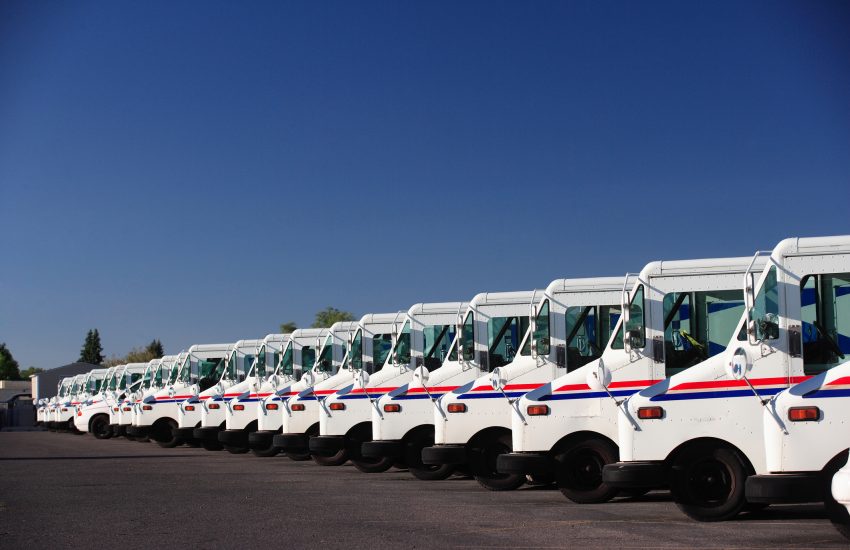Biden administration officials announced on December 20, 2022, that the U.S. Postal Service intends to purchase over 66,000 electric vehicles by 2028, which would create one of the nation’s largest electric fleets in an effort to fight climate change.
To reach this goal, the USPS announced that it plans to purchase 60,000 so-called “Next Generation Delivery Vehicles” (NGDV) from Wisconsin-based defense contractor Oshkosh, 45,000 of which will be electric. The remainder will be supplied by a 46,000-vehicle purchase from other automobile makers; 21,000 of those will also be electric.
The move to EVs within the USPS comes after several months of campaigning by environmental agencies and a lawsuit against the USPS, which called for the agency to do away with their estimated 220,000 gas-powered mail trucks.
The price for these purchases and the infrastructure needed to implement these vehicles is expected to cost approximately $9.6 billion. $3 billion of this hefty price tag is expected to come from the Inflation Reduction Act, which was signed into law in August and is aimed at directing new federal spending towards (among other things) reducing carbon emissions.
Initially, the USPS was planning to purchase only 5,000 EVs. Then in March, they announced they were upping that order to 10,000. In July, they upped that EV order once again. According to the USPS, this increased order is largely due to the additional $3 billion in funding from the Inflation Reduction Act.
In a press conference the same week, Postmaster General Louis DeJoy commented on the decision, saying the mail agency is overjoyed to meet its objectives and pursue more environmentally friendly ways of getting the job done.
“We have a statutory requirement to deliver mail and packages to 163 million addresses six days per week and to cover our costs in doing so – that is our mission,” the top official stated.
“As I have said in the past, if we can achieve those objectives in a more environmentally responsible way, we will do so,” DeJoy said.
Postmaster General Louis DeJoy further said:
The $3 billion provided by Congress has significantly reduced the risk associated with accelerating the implementation of a nationwide infrastructure necessary to electrify our delivery fleet. While most of the electric vehicle funding will continue to come from the Postal Service revenues, we are grateful for the confidence Congress and the Administration have placed in us to build and acquire what has the potential to become the largest electric vehicle fleet in the nation.
In total, the plan calls for the purchase of 106,000 new delivery trucks by 2028, which will be comprised of a mix of NGDVs and “commercial off-the-shelf” vehicles. Over 62% of those new vehicles will be all electric.
In 2026, the USPS plans to go even further and expects to purchase zero-emissions delivery trucks almost exclusively. “It’s wonderful that the Postal Service will be at the forefront of the switch to clean electric vehicles, with postal workers as their ambassadors,” said John Podesta, a senior White House adviser. “It will get people thinking, ‘if the postal worker is driving an EV, I can drive an EV, too.’”
While the initial sticker price for each of these electric NGDVs will undoubtedly be higher than their gas-vehicle counterparts, which the USPS has been using for the past 30 years, the costs will tip in favor of the EVs when factoring in the estimated 10 mpg the older vehicles provide.
Along with the new vehicles, the USPS is also planning to upgrade the infrastructure within their more than 8,500 facilities. In fact, according to DeJoy, this process is already in the works as the agency moves to improve both mail handling procedures and delivery route structures.
This move, combined with similar announcements from private companies like Amazon and FedEx, should pave the way for further fleets to be deployed in the coming years running off electricity and not gas.

